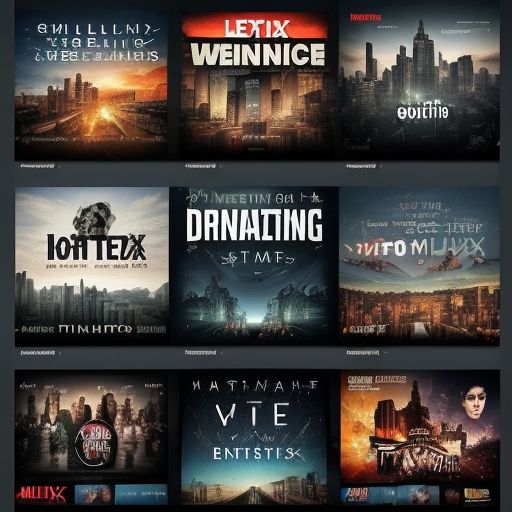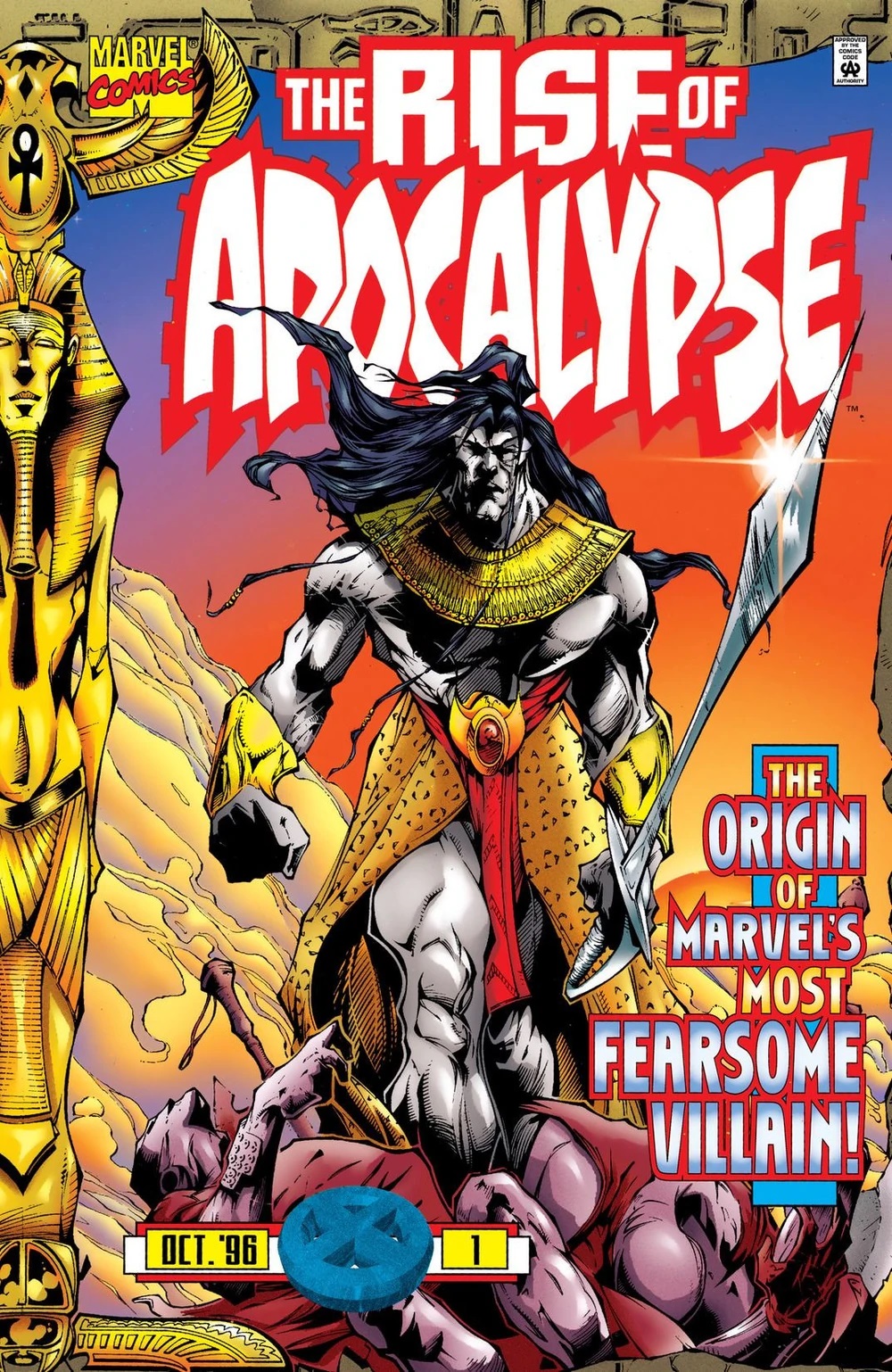The Rise of Limited Series
In recent years, limited series have transformed the landscape of television, captivating audiences with their unique storytelling and compelling character arcs. This article explores the rise of limited series, examining their definition, history, and the factors contributing to their surge in popularity.

Introduction to Limited Series
Definition of Limited Series
A limited series is typically a television show that tells a complete story within a predetermined number of episodes, often ranging from four to ten. Unlike traditional TV shows, which may run for multiple seasons, limited series are designed to deliver a single, cohesive narrative. This format allows creators to explore complex themes and character developments in a condensed timeframe, often resulting in a more impactful viewing experience.
Brief History of Limited Series
The roots of limited series can be traced back to earlier miniseries such as Roots and The Thorn Birds, which garnered significant viewership and critical acclaim. However, it wasn’t until the rise of streaming platforms like Netflix, Hulu, and HBO Max that limited series began to flourish. The modern era of limited series is marked by notable productions like Chernobyl and The Queen’s Gambit, which have set new standards for storytelling in television.
The Popularity Surge of Limited Series
Factors Contributing to the Surge
The success of limited series can be attributed to several key factors:
- Shift in Viewer Preferences: As audiences have become more discerning, they seek out content that offers quality over quantity. Limited series cater to this demand by providing tightly woven plots and well-developed characters.
-
The Impact of Streaming Services: Streaming platforms have revolutionized how we consume television. With binge-watching becoming the norm, limited series have emerged as an appealing option for viewers who prefer complete narratives in shorter timeframes.
-
Accessibility and Flexibility: Limited series often appeal to viewers with busy lifestyles. The shorter format allows for quick consumption without a long-term commitment, making it easier to fit viewing into a packed schedule.
Case Studies of Successful Limited Series
To better understand the allure of limited series, let’s take a closer look at some standout examples:
Chernobyl

- Chernobyl, an HBO miniseries, explores the catastrophic nuclear disaster that occurred in 1986. With its gripping storytelling and meticulous attention to detail, the series garnered widespread acclaim, winning numerous awards, including Emmy Awards for Outstanding Limited Series. The show’s ability to shed light on historical events while crafting relatable characters contributed to its success.
The Queen’s Gambit
Another remarkable example is The Queen’s Gambit, a Netflix miniseries that follows the life of a young chess prodigy, Beth Harmon. The series not only captivated audiences with its stunning visuals and engaging narrative but also sparked a resurgence of interest in chess, demonstrating the profound cultural impact limited series can have.
Mare of Easttown

Mare of Easttown, starring Kate Winslet, showcases the complexities of small-town life and the intricacies of human relationships. This series skillfully combines elements of mystery and drama, showcasing the versatility and depth that limited series can achieve.
The Creative Appeal of Limited Series
Storytelling in a Limited Format
Limited series offer unique opportunities for storytelling that traditional series often cannot match. By having a set number of episodes, writers and directors can create a focused narrative that maintains tension and intrigue throughout. This format encourages concise writing, eliminating filler content and ensuring that every scene serves a purpose in advancing the plot.
Character Development in Shorter Narratives
With the limited series format, creators have the chance to delve deeply into character arcs. Each episode can be crafted to explore different facets of a character’s personality and growth. The emphasis on character development allows viewers to form strong emotional connections, making the viewing experience more impactful.
The Production Landscape for Limited Series
Budget Considerations
Producing a limited series can be cost-effective for networks and streaming platforms. By focusing on a shorter run, producers can allocate their budgets more effectively, investing in high-quality writing, cinematography, and talent. This approach often leads to a polished final product that appeals to both critics and audiences alike.
Casting Choices and Star Power
Limited series frequently attract top-tier talent, both in front of and behind the camera. The appeal of working on a project with a well-defined structure and artistic vision draws acclaimed actors and directors. This star power not only elevates the quality of the production but also increases its visibility, drawing in viewers who are eager to see their favorite actors in new roles.
Filming and Production Schedules
The shorter production schedule associated with limited series allows for quicker turnarounds compared to traditional series. This agility can lead to more timely releases, especially for stories inspired by current events. Additionally, the focused nature of the filming process can enhance creative collaboration among cast and crew, resulting in a more cohesive final product.
As we explore the challenges and future of limited series in the next section, it becomes clear that this format has not only changed how stories are told but also redefined the entire television landscape. Stay tuned for insights into the challenges faced by creators and predictions for the genre’s future!
Challenges in Limited Series Production
Balancing Creativity and Commercial Viability
While the rise of limited series presents exciting opportunities for creativity, it also comes with challenges. One of the primary concerns for producers is balancing creative ambition with commercial viability. Unlike traditional series, which can thrive on episodic formulae, limited series must justify their existence in a crowded marketplace.
Producers and writers often face pressure to deliver content that is not only artistically fulfilling but also appealing to a broad audience. This balancing act can lead to compromises that may dilute the originality of the storytelling. The challenge is to create something innovative that resonates with viewers while satisfying network demands for viewership metrics and revenue.
Audience Expectations
With the success of standout limited series, audience expectations have skyrocketed. Viewers now anticipate high production values, compelling narratives, and deep character exploration. The risk is that any misstep—be it in pacing, character development, or conclusion—can lead to disappointment and criticism.
Market Saturation
As more networks and streaming services jump on the limited series bandwagon, market saturation becomes a significant concern. With numerous options available, distinguishing one limited series from another can be a daunting task. The sheer volume of content can lead to viewer fatigue, making it essential for creators to innovate continually.
The Future of Limited Series
Trends to Watch
The future of limited series looks promising, with several trends likely to shape the landscape:
- Increased Diversity in Storytelling: As audiences demand more diverse perspectives, limited series will likely explore a broader range of stories, including those from underrepresented voices. This shift can result in richer narratives and new themes that resonate with a wider audience.
-
Experimentation with Formats: Creators are beginning to experiment with hybrid formats that combine elements of limited series and traditional television. This could involve integrating interactive components, varying episode lengths, or blending genres to keep viewers engaged.
-
Global Influence: The success of international limited series, such as Lupin and Squid Game, highlights the global appetite for diverse storytelling. As streaming platforms continue to expand their reach, audiences will have access to a broader range of narratives from different cultures.
Predictions for Future Success
Given the trajectory of limited series, several predictions can be made:
- More Adaptations: Expect an influx of limited series adaptations of popular books, true stories, and graphic novels. The demand for content that resonates with existing fan bases will drive producers to seek out compelling source material.
-
Integration of Technology: The rise of virtual reality and augmented reality experiences could redefine how limited series are produced and consumed, offering viewers immersive storytelling opportunities.
Frequently Asked Questions
What defines a limited series?
A limited series is a television program that tells a complete story within a specified number of episodes, usually between four to ten. Unlike traditional series, limited series have a set conclusion and are designed to deliver a cohesive narrative.
Are limited series more popular than traditional series?
Yes, limited series have gained significant popularity in recent years, largely due to their focused storytelling and the rise of streaming platforms that allow for binge-watching.
Can limited series become full series?
While it’s uncommon, some limited series have been extended into full series if the story allows for further development and there is sufficient audience demand.
What are some examples of popular limited series?
Some notable examples include Chernobyl, The Queen’s Gambit, Mare of Easttown, and The Night Of. Each of these series has received critical acclaim and captured large audiences.
Conclusion
The rise of limited series has reshaped the television landscape, offering viewers rich narratives and innovative storytelling within a compact format. As the industry continues to evolve, the challenges and opportunities presented by this format will shape the future of television. With an increasing focus on diverse storytelling and technological advancements, limited series are poised to remain a significant player in the entertainment industry.

As viewers, we are in for a treat with the ongoing evolution of limited series, and it’s exciting to imagine what groundbreaking stories lie ahead. For more insights into television trends, check out Deadline and Variety for the latest news and analysis in the entertainment world.

